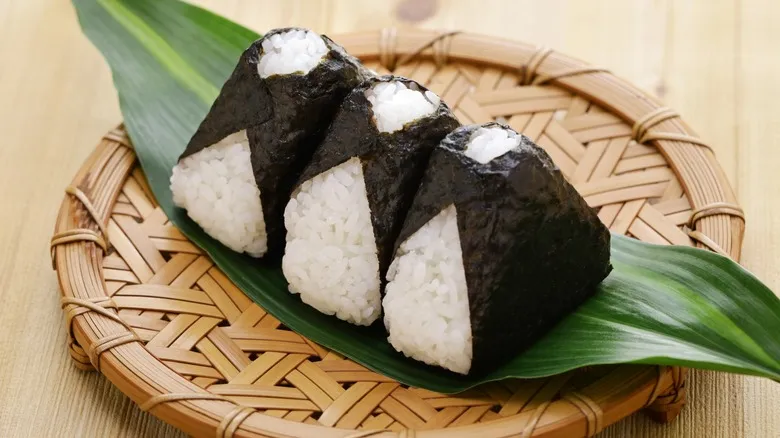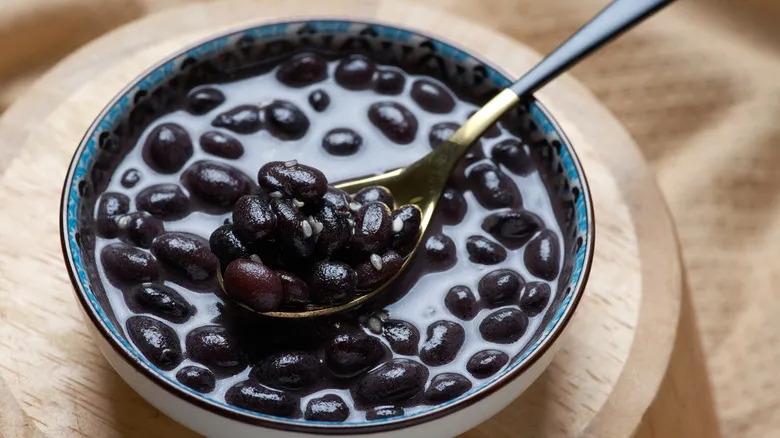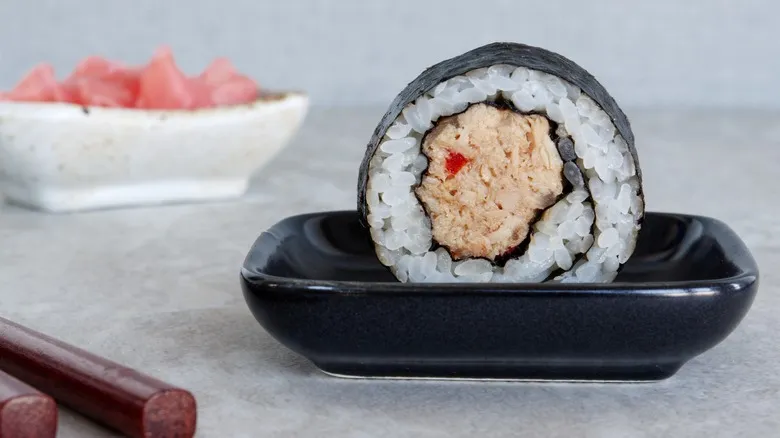Canned tuna sushi is enjoyed in Japan

Purists who hold high-end omakase dining in high regard may dismiss the notion of using canned tuna for sushi, yet the practice of incorporating cooked seafood into sushi has been a common tradition in Japan since the 1960s. Ippei Sushi, a restaurant located in Miyazaki, Japan, claims to be the pioneer of an alternative filling for makizushi (sushi rolls) by combining cooked shrimp with mayonnaise and wrapping it in nori with fresh, rolled lettuce over fifty years ago.
In a similar fashion, one of the most popular and convenient meals in Japanese cuisine is onigiri, which consists of balls of sticky sushi rice filled with a salad of canned tuna and mayonnaise, all wrapped in crisp seaweed sheets. These well-loved, cleverly packaged bundles, often wrapped in cellophane, are typically enjoyed for breakfast or lunch and are frequently available at reasonable prices in convenience stores known as konbinis, many of which operate around the clock. Transforming these fillings into makizushi simply alters their presentation, encasing them in a roll and slicing them into bite-sized pieces.
Canned tuna sushi is all about the seasonings

While canned tuna packed in oil or water has its own rich and creamy flavor, you might want to enhance it a bit when preparing sushi. Flake or shred the tuna to your desired texture and combine it with a few tablespoons of mayonnaise, ideally Japanese Kewpie mayo, which contains extra egg yolk for a deeper umami taste. If you can't find this popular brand, feel free to use whatever mayo you have on hand — or even better, whip up a simple homemade mayonnaise.
In addition to the tuna and mayo, consider adding sesame seeds and a splash of sesame oil for a nutty flavor. If you prefer some heat, incorporate a few drops of chili oil or a pinch of shichimi togarashi (a Japanese spice blend made with chili peppers) along with a spoonful of crispy fried garlic. To add a contrasting texture to your makizushi, roll in some cucumber sticks, lettuce, matchstick carrots, or even pickled daikon. Finally, serve your canned tuna salad makizushi with wasabi, ginger, and soy sauce, and you’re all set!
Recommended

The Simple Tomato Trick So Your BLT Sings Loud And Proud

The Wasteful Mistake Everyone Makes With Canned Black Beans

Instant Mashed Potatoes Are Jacques Pépin's Secret To Banishing Watery Soups

You're Freezing Meat Wrong, But You Can Fix It In One Step According To Melissa Clark
Next up

